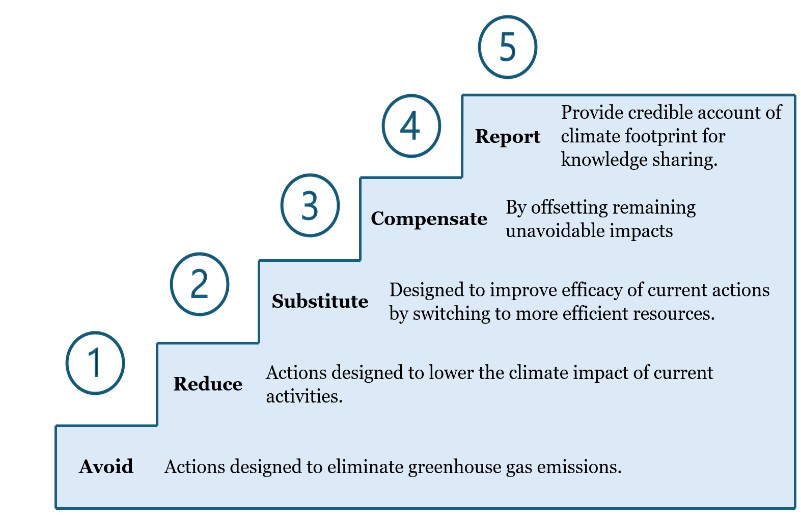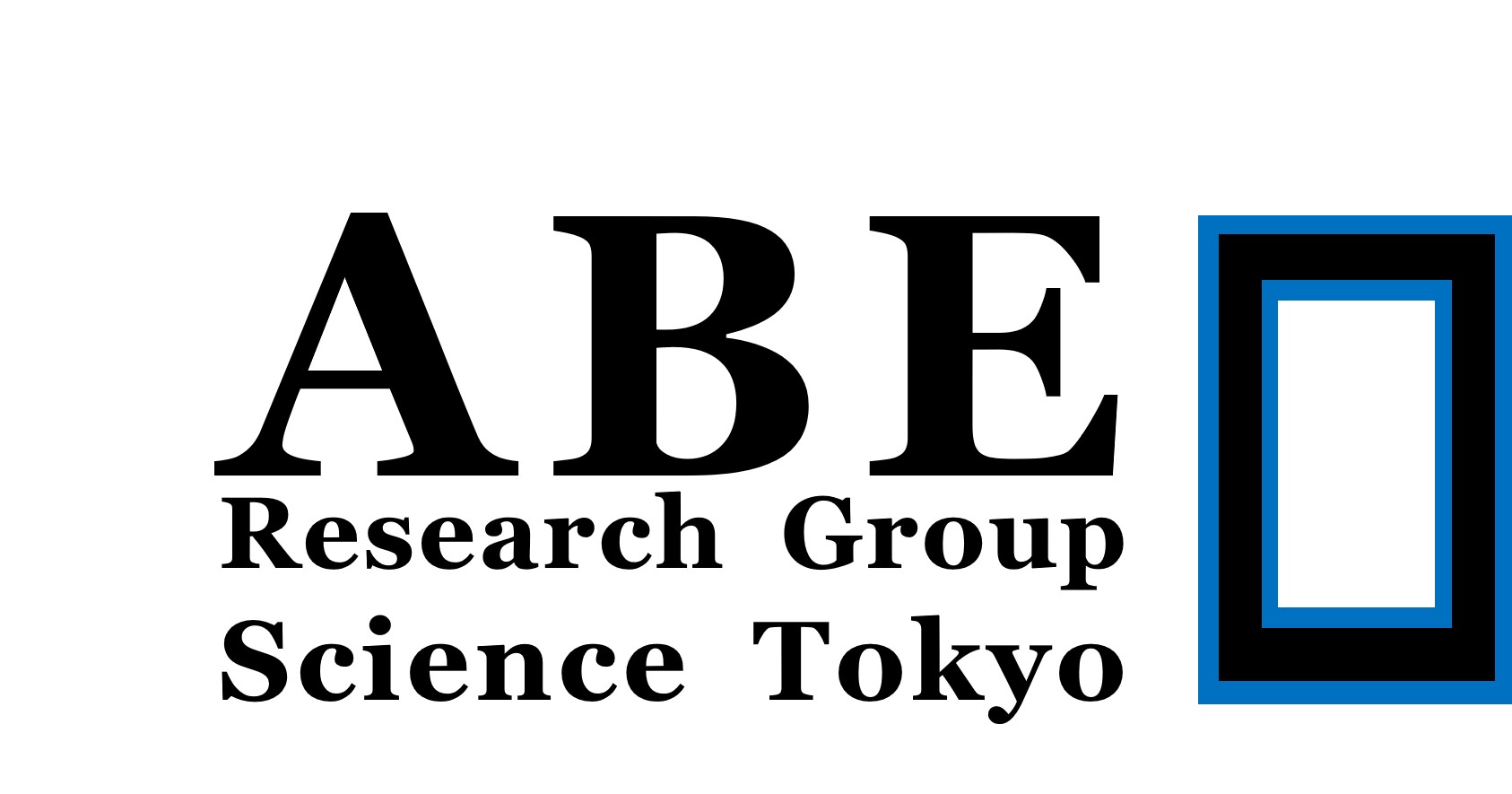issue number. 5/February 2025
Abe Research Group
Department of Transdisciplinary Science and Engineering
Institute of Science Tokyo
UN’s Sport for Climate Action and Japan Sport’s Environmental Policy
By Loren Chloe Balaoing and Naoya Abe
Keywords: Climate Action, Sports Organizations, Environmental Initiatives of Sports in Japan
Background
The UN Sports for Climate Action is a movement launched in 2018 at the 24th UN Climate Change Conference of Parties (COP24) [1]. This movement invites sports organizations and their stakeholders in leading climate action through advocating for carbon neutrality, among others. Additionally, the UN Sports for Climate Action mobilizes the sports sector to be in accordance with the Paris Agreement that calls to action all government sectors, private sectors, and civil societies to pursue efforts that limit the global temperature rise to 1.5 degrees Celsius to combat climate change. Moreover, Sports for Climate Action has two main objectives:
- The sports community to combat climate change through commitments and partnerships which includes measuring, reducing, and reporting the greenhouse gases emissions to support the Paris agreement.
- To use sports as a unifying tool for climate action.
These objectives can be achieved through sports organizations’ commitment of the principles outlined by the UN Sports for Climate Action Framework. The principles include undertaking systematic efforts to promote greater environmental responsibility, reducing overall climate impact, educating climate action, promoting sustainable and responsible consumption, and communicating climate action advocacies [2]. The International Olympic Committee (IOC), organizer of the biggest multi-sporting event, is one of the founding signatories of this UN sports initiative and overlooks the participation of this framework. At its launch, this framework received 17 signatories. As of February 2025, the framework now has over 250 active participants.
The Japan Olympic Committee (JOC), Japanese counterpart of the IOC, also established its own environmental policy, emphasizing its aim to contribute to the Olympic Movement of sports promotion and adoption of environmentally sound practices through efforts to improve its own environmental management system and focusing on four action agenda[3]:
- To promote recycling and reducing resource use.
- To give priority to green products during procurement.
- To obey environmental law and guidelines.
- To promote environmental educational initiatives internally in their organization and externally through publishing educational materials.
With this, the JOC established its environmental commission for the sake of creating environmentally conscious activities and for environmental awareness. The JOC also appointed Olympic players as ambassadors to spread environmental conservation in sports.
Implementation and Policy Recommendations
The UN Sport for Climate Action Framework outlines suggested implementation strategies through five action principles. The actions start with measuring the baseline information of sports organizations by gathering information about their current events or activities and understanding the most impactful activities that would reduce greenhouse gas emissions. Next, the framework recommends to enforce mitigation actions though a hierarchal approach (Figure 1 ).

Challenges and Barriers
Apart from these actions to mitigate climate impacts, the framework also aims to enable sports to educate for the contribution of the collective effort to fight climate change. Knowledge sharing and promoting sustainable and environmentally responsible consumption through sport’s large platforms and communication resources from the sports organizations’ broadcasting channels, social media, athletes, and other networks.
Although the signatories are required to apply the principles outlined in the UN Sports for Climate Action Framework, the degree of application is up to the sports managements’ interpretation and action to what they are able to apply and report. Due to this, there may be a lack of uniform reporting metrics for the sustainability benchmarks in different sports. Calculating the baseline emissions of sports organizations’ activities and events can be traced back and doable, but there would be different benchmarks and activities that would not be uniform with other sports organizations. Although this benchmark would serve as an overview and could be a comparison to the climate actions of their own organization’s initiatives, reporting would be a great challenge. Different sports, indoor sports and outdoor sports, also have different qualities and such qualities should be considered.
The IOC, as an example, has different continental and country counterparts, which overlook different sports. The comparison of these can also be different, due to the differences in local contexts and qualities. Moreover, knowledge-sharing and lesson-learned may be constrained because of these different contexts. Thus, would possible to compare the sustainability initiatives with different sports?
The framework aims to mobilize sports events, athletes, and other platforms to educate and spread climate action. Effective education and advocacy campaigns, as well as the stakeholders’ willingness to contribute to this collective action can be a barrier. Due to some sport organization’s capabilities, and the other signatories’ consultation, they may be excluded or removed from the participation of the UN’s Climate Action initiative. This can be observed as the number of active participants, though significantly increased from its launch, is also changing. Additionally, some original signatories are not included in the present list of participating organizations. It can be that the framework may be too ambitious or hard to maintain. Additionally, smaller sports organizations with the interest to join this framework may be discouraged because of limitations in shifting to environmentally conscious initiatives.
Initiatives of Japanese Sports
Apart from the participation of JOC to the UN Sports for Climate Action and their publication of environmental policy, sports organizations of top professional sports leagues are also reporting their contribution for climate action. The Japan Professional Football League (J.League), launched their climate action website which shows their roadmap in achieving targets that contribute to climate action[4]. The members of the league have close ties with their local community and emphasize empowering, contributing, and having close ties with the local community. They aim to leverage these ties in achieving the climate action roadmap, with activities like utilizing local resources (people, culture, and nature) for environmental conservation and restoration.
The Nippon Professional Baseball (NPB) also had environmental contribution activities. In 2015, for example, the organization launched the “COOL CHOICE” movement which calls for the importance of advocating and working together for climate change[5]. Additionally, the organization has the green baseball project, which is collection of activities that contribute to climate action with the aim of preventing global warming[6].
Conclusion
Sports have long been an avenue for celebration, enjoyment, and good competition. With the popularity of different sport events, it has also become a means of communication for things beyond the playing field. Sports now serve as a platform for promoting tourism, culture, and social causes. UN Sports for Climate Action framework intend on communicating about climate change through encouraging organizations to take meaningful steps in reducing carbon emissions and make environmental awareness an important theme in sports. Major League Baseball (MLB), for example, is the first North American sports team to commit to this framework, and the first professional team to appoint an environmental scientist [7]. Other professional sports leagues and large-scale sporting are expected to follow suit. Even professional leagues that are not formal signatories of this framework are contributing to this cause by launching their own sustainability initiatives, using their influence to educate and provoke action for environmental protection.
Technicalities and specifics in compliance with reporting are a big hurdle for this framework. The UN Sports for Climate action is one of the ways sports organizations and other sectors are collaborating to reduce carbon emissions. Indeed, frameworks and policies are essential in creating a movement that inspires others to act. A next point of emphasis would be educational activities and awareness campaigns within sports communities for deeper engagement that could result to long-term commitment to environmental protection.
REFERENCES
|
[1] |
UN Climate Change. (2018, December 11). Sports Launch Climate Action Framework at COP24. https://unfccc.int/news/sports-launch-climate-action-framework-at-cop24 |
|
[2] |
UN Climate Change. (n.d.). Sports for Climate Action. https://unfccc.int/climate-action/sectoral-engagement/sports-for-climate-action |
|
[2] |
Japanese Olympic Committee(JOC). (n.d.). JOC Environment policy. Japanese Olympic Committee(JOC). https://www.joc.or.jp/english/sportandenvironment/policy.html |
|
[3] |
Jリーグ気候アクション. (n.d.). Jリーグ気候アクション. Retrieved February 14, 2025, from https://www.jleague.jp/climateaction/ |
|
[4] |
一般社団法人日本野球機構. (n.d.-a). 2015年 環境貢献活動. NPB.Jp 日本野球機構. Retrieved February 14, 2025, from https://npb.jp/cool/2015/ |
|
[5] |
一般社団法人日本野球機構. (n.d.-b). 2024年グリーンリストバンドの販売について. NPB.Jp 日本野球機構. Retrieved February 14, 2025, from https://npb.jp/gbp/2024/wristband.html |
|
[6] |
Campelli, M. (2019, April 3). New York Yankees commit to Sport for Climate Action Framework – The Sustainability Report. https://sustainabilityreport.com/2019/04/03/new-york-yankees-commit-to-sport-for-climate-action-framework/ |
